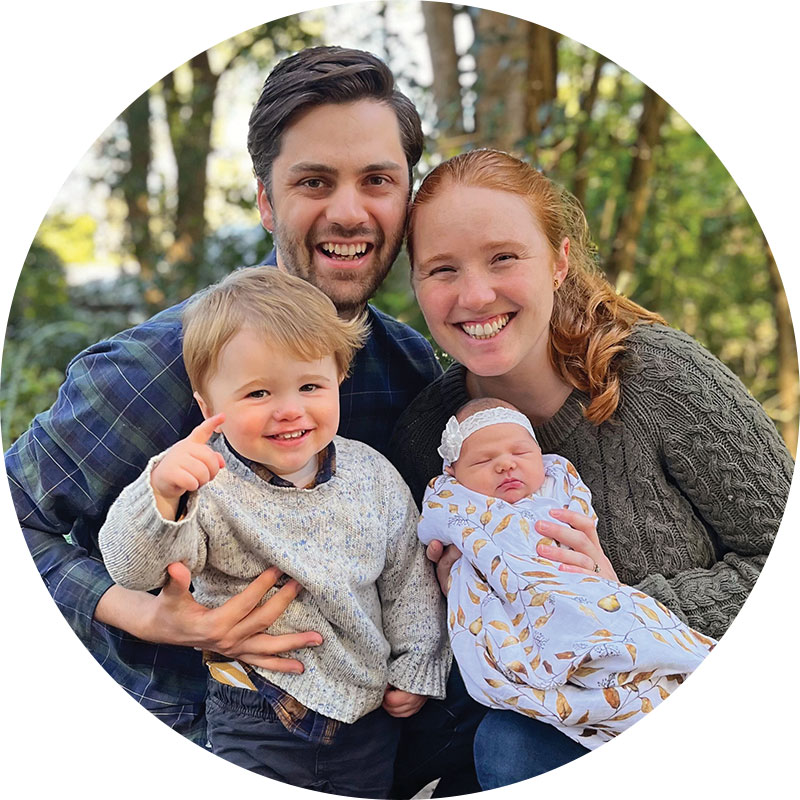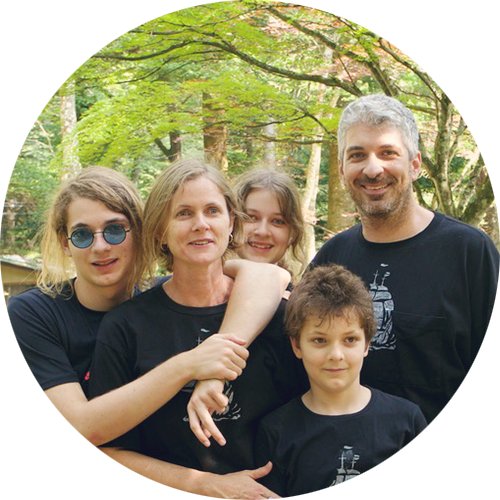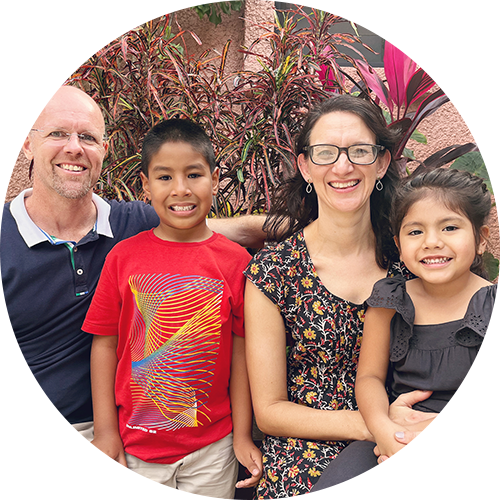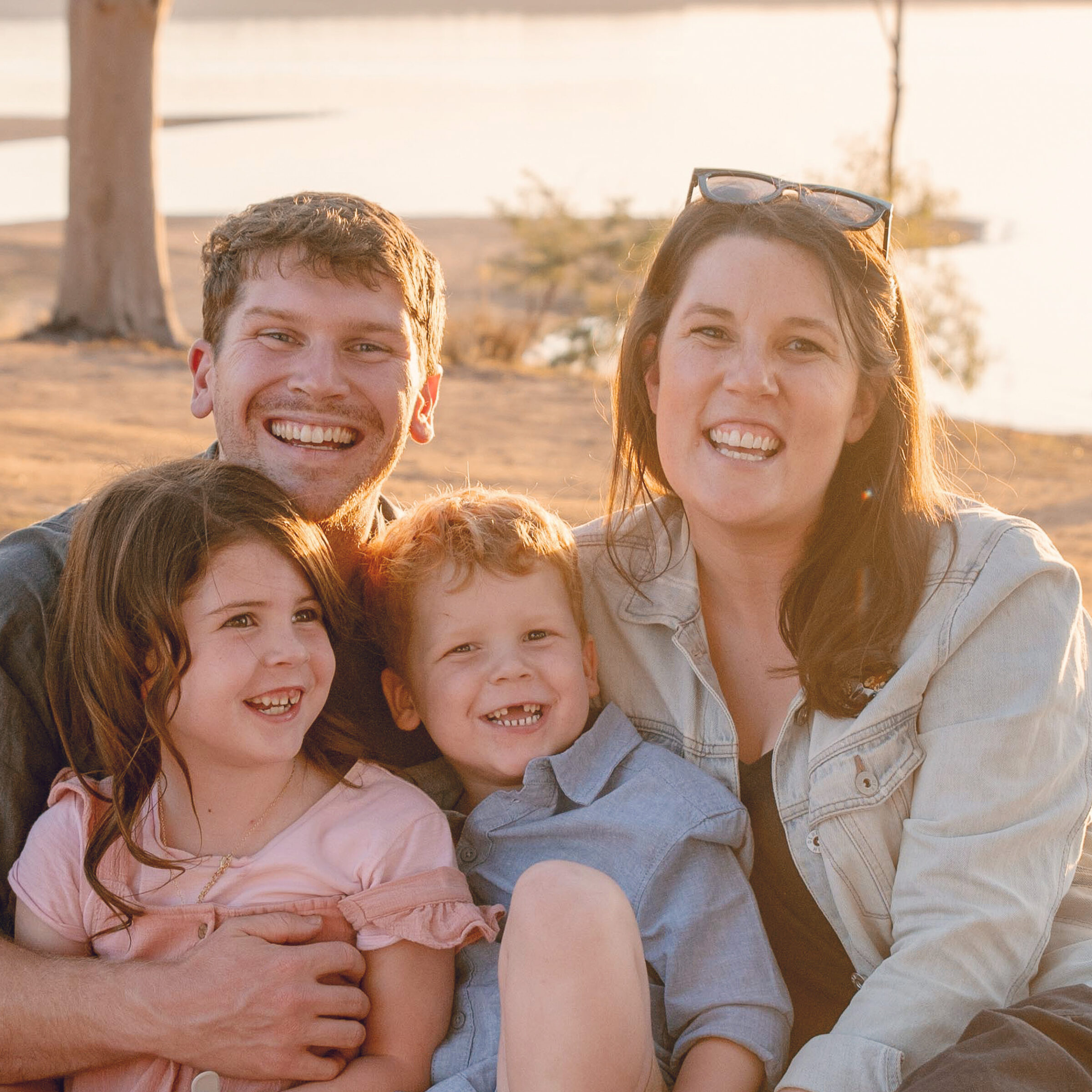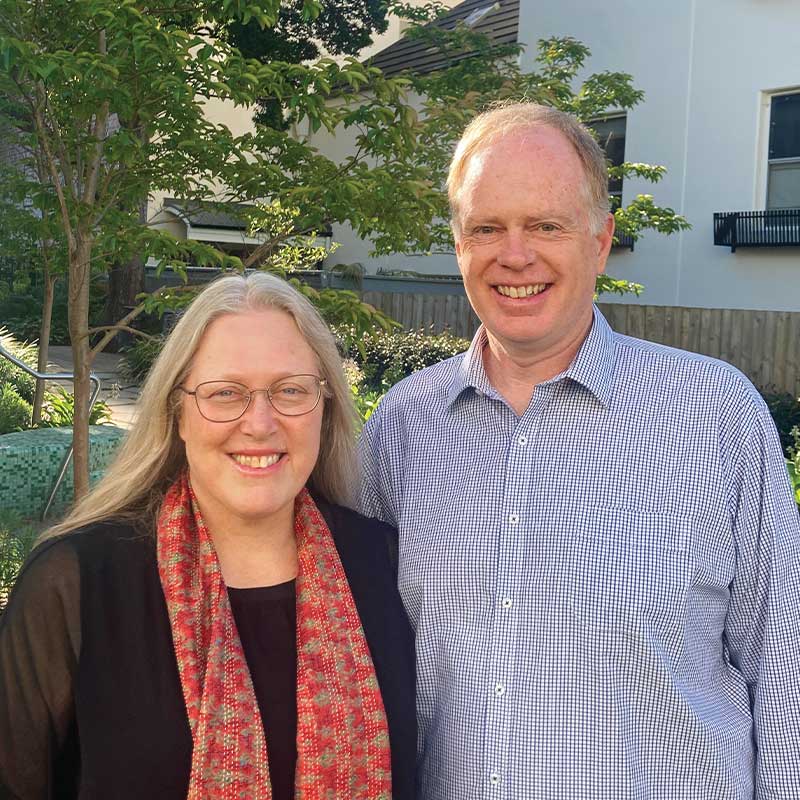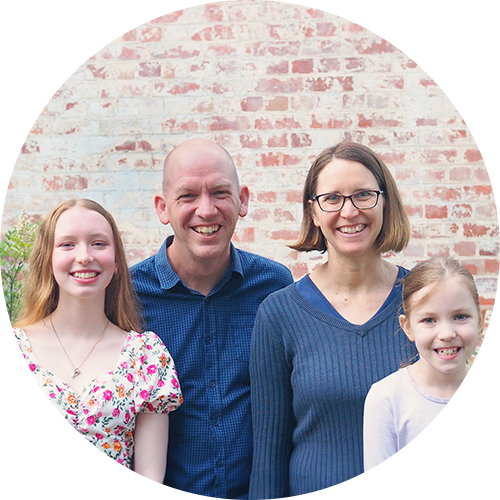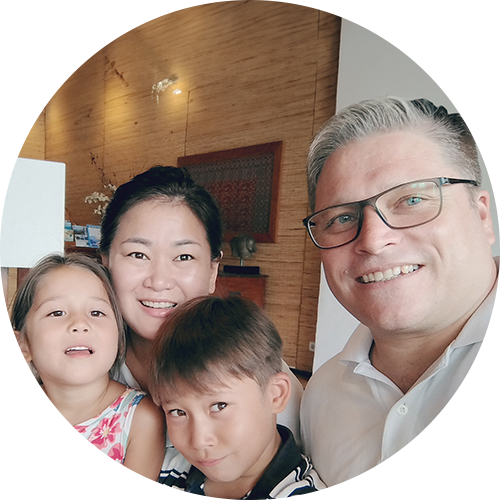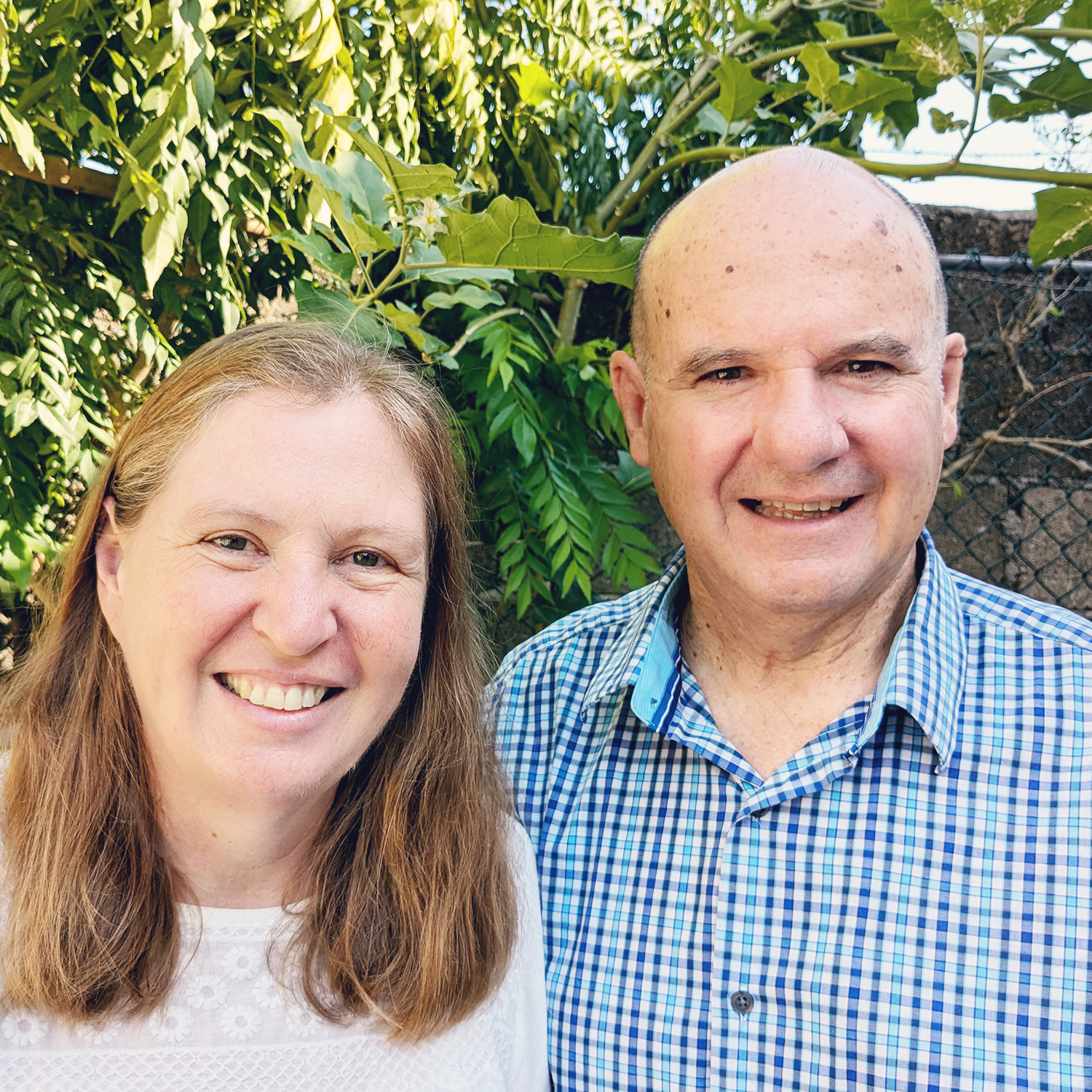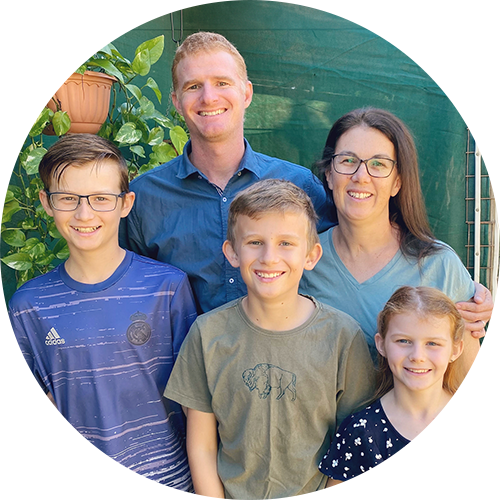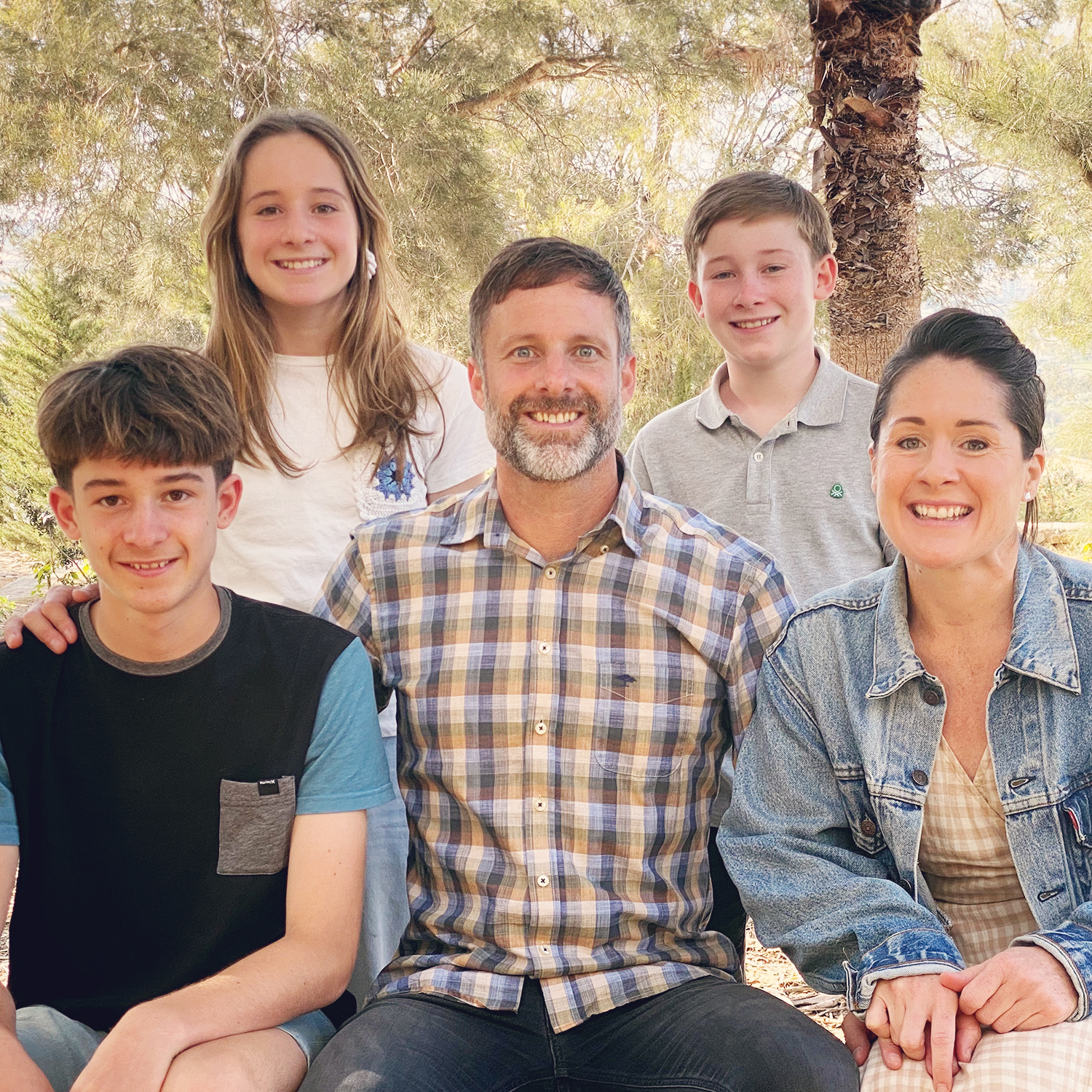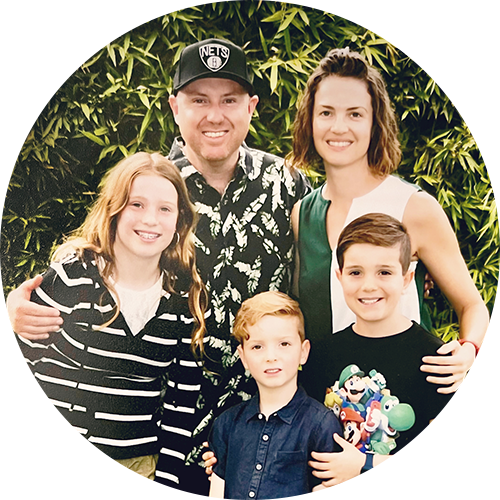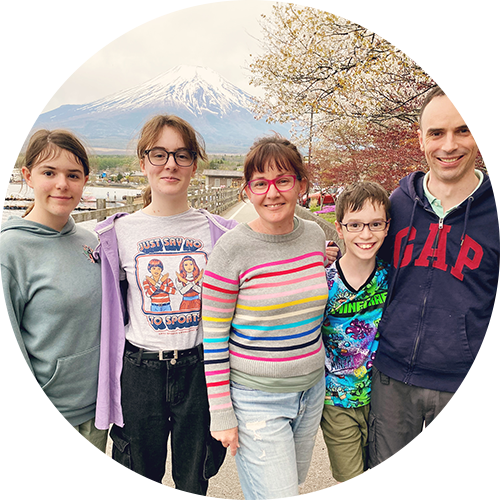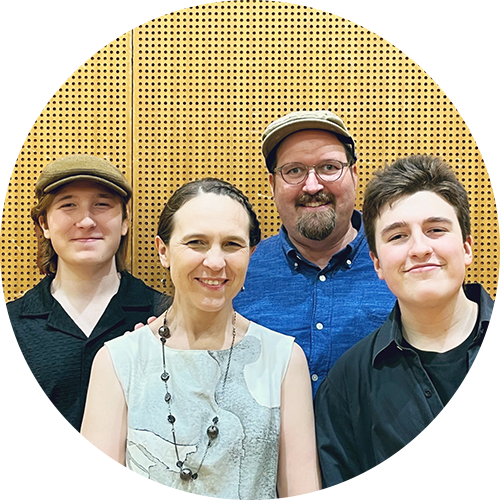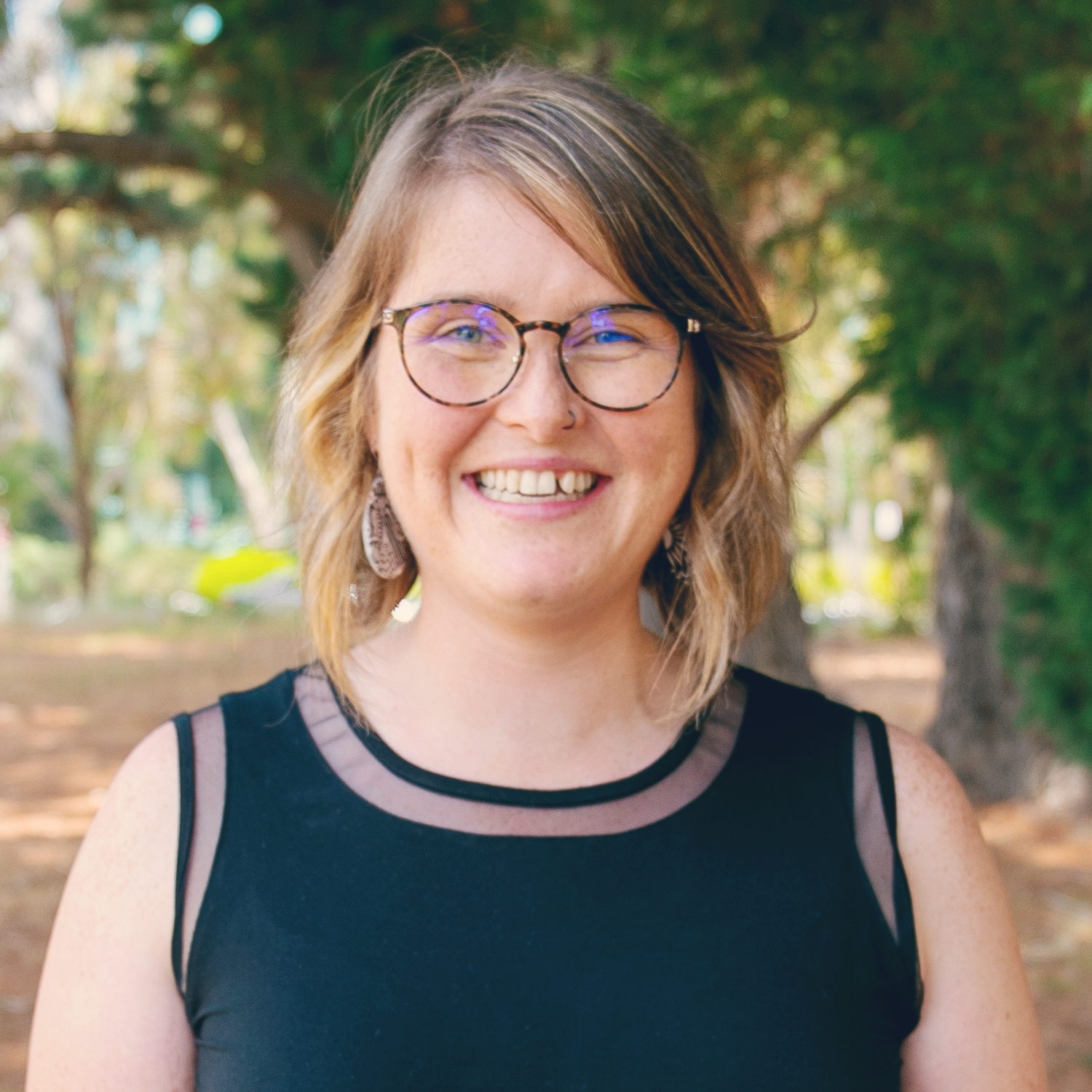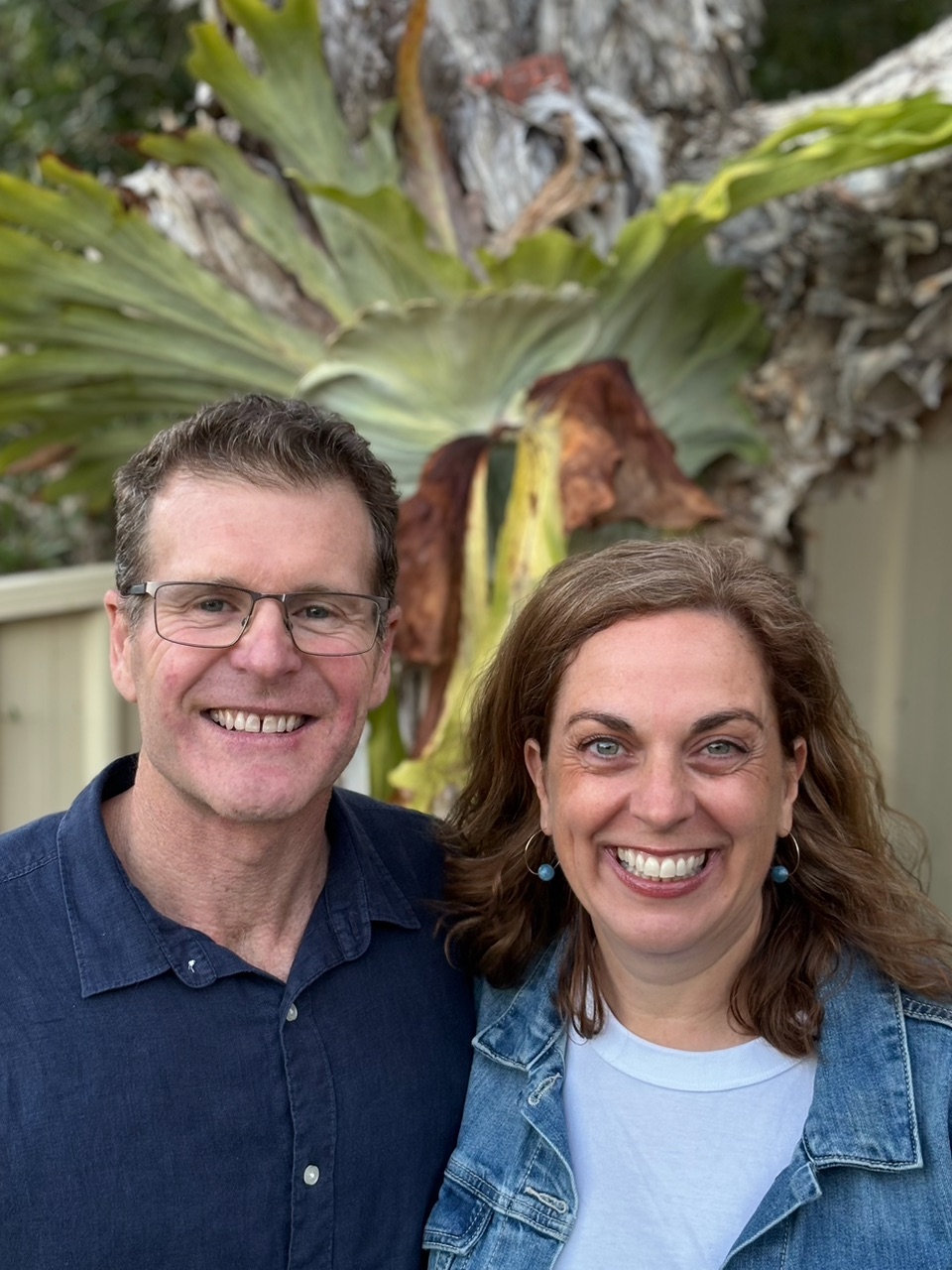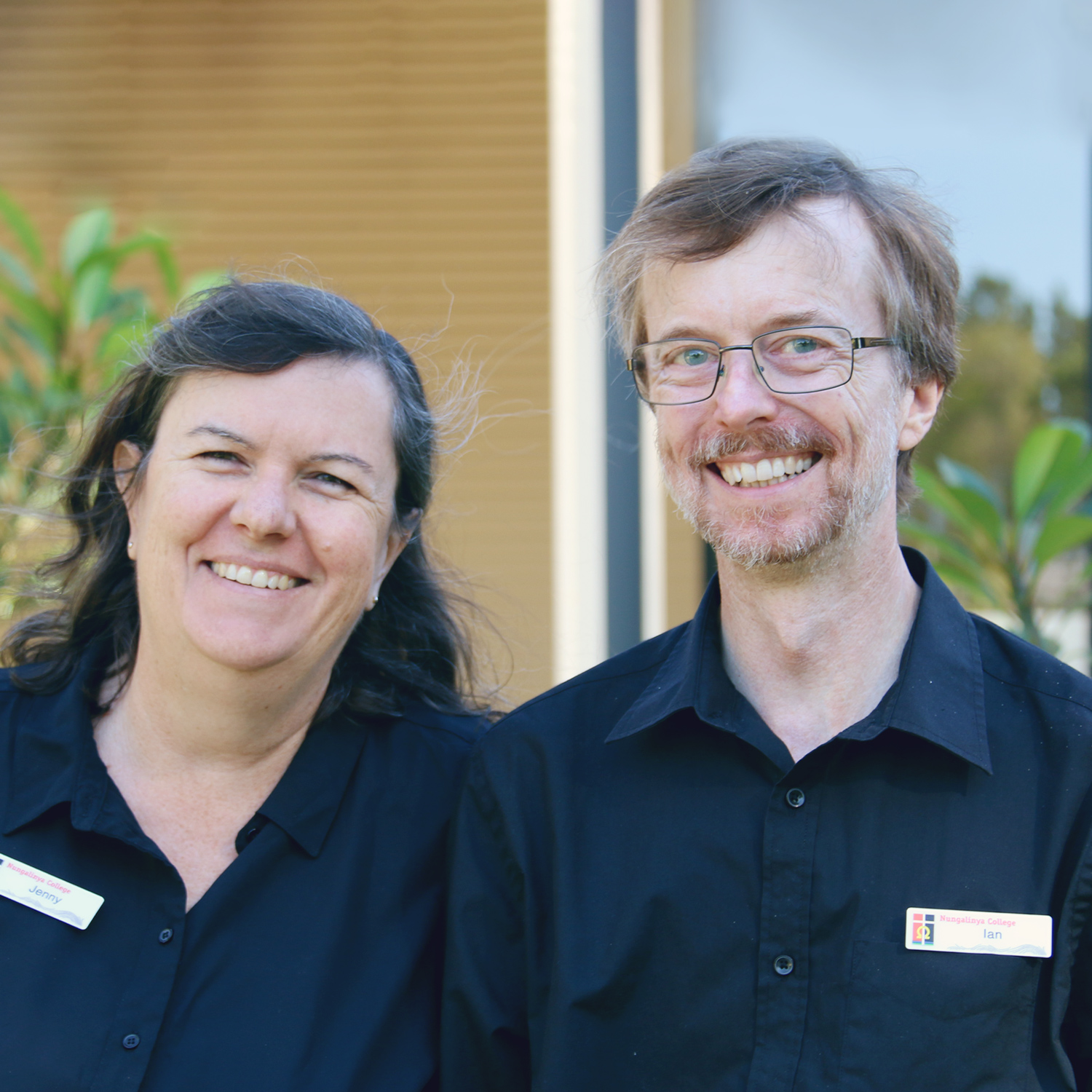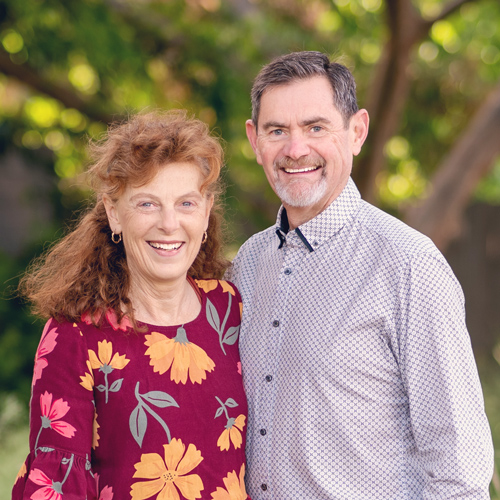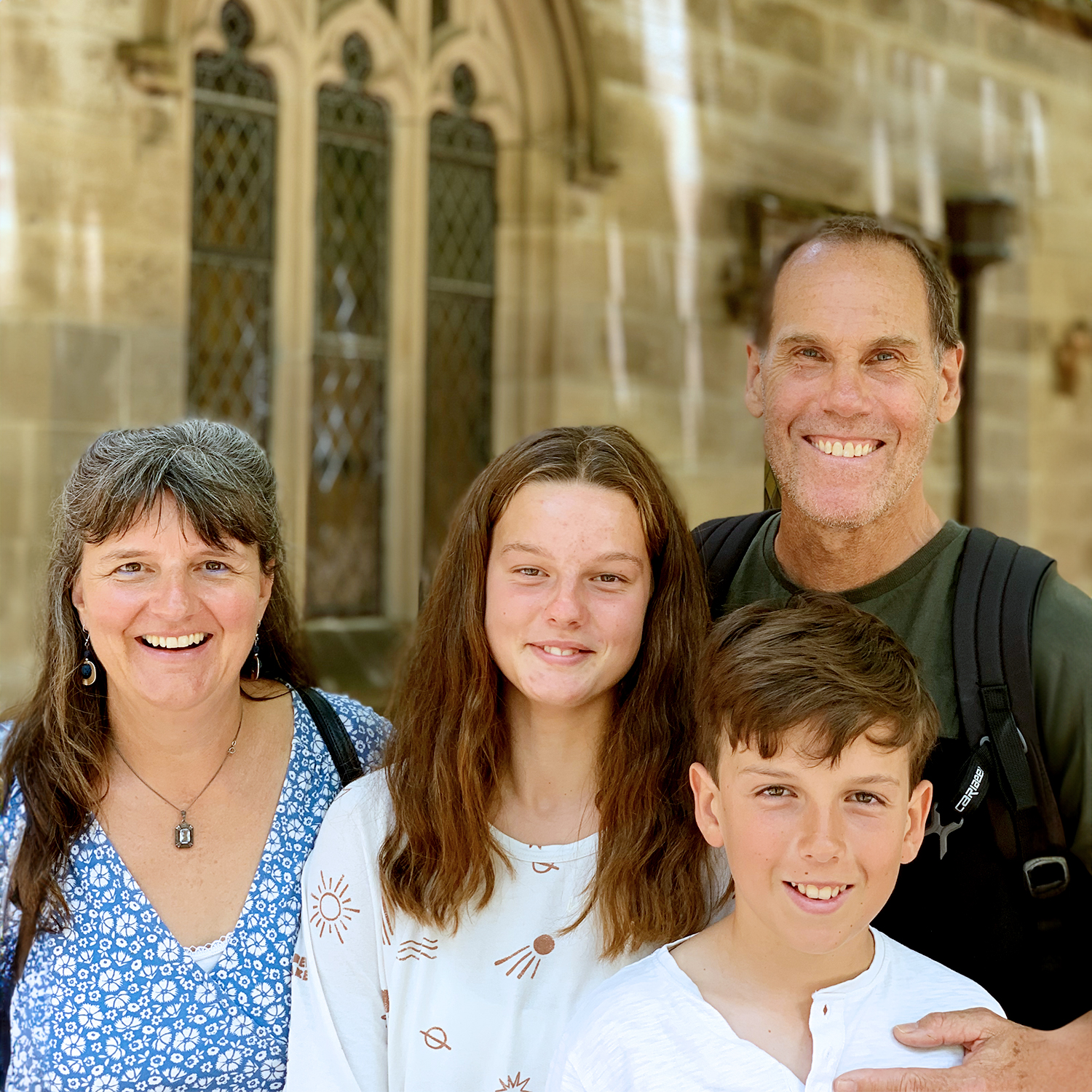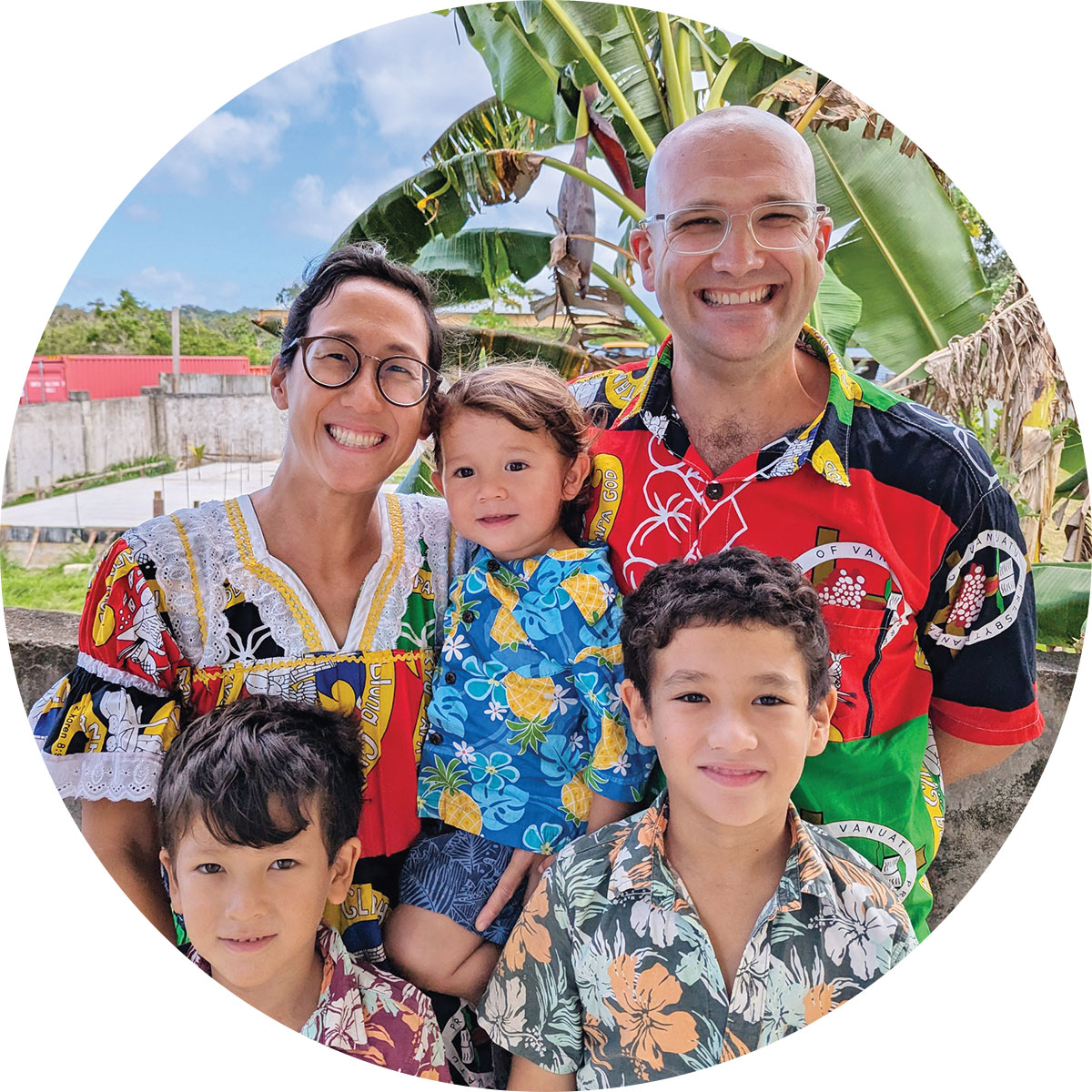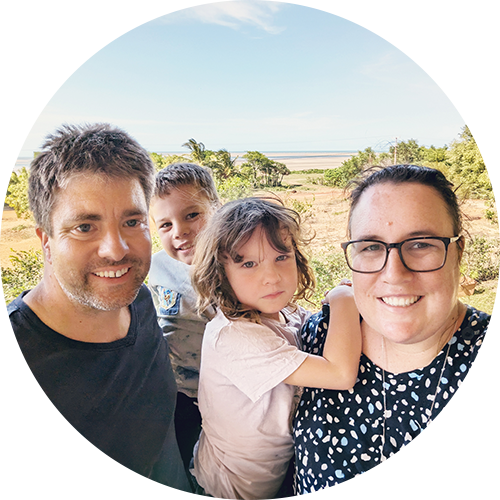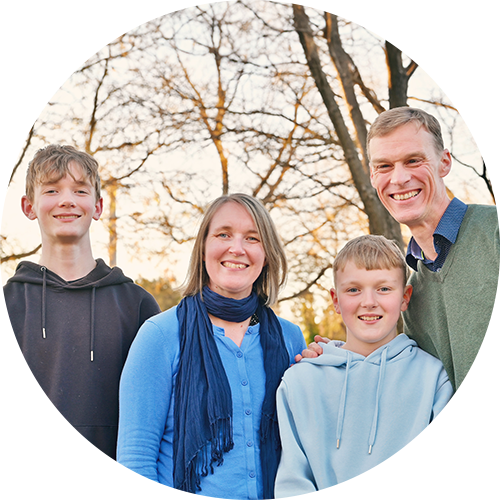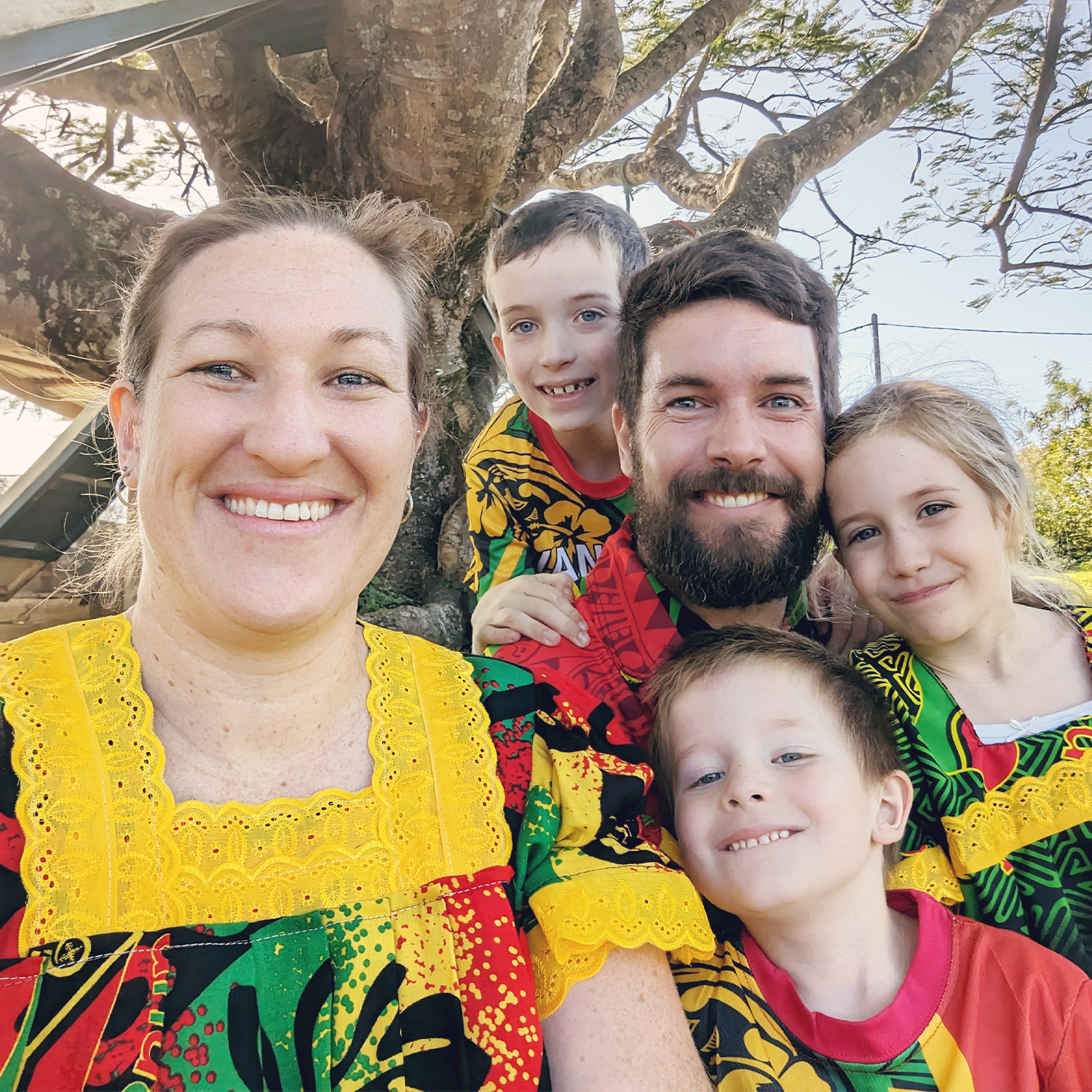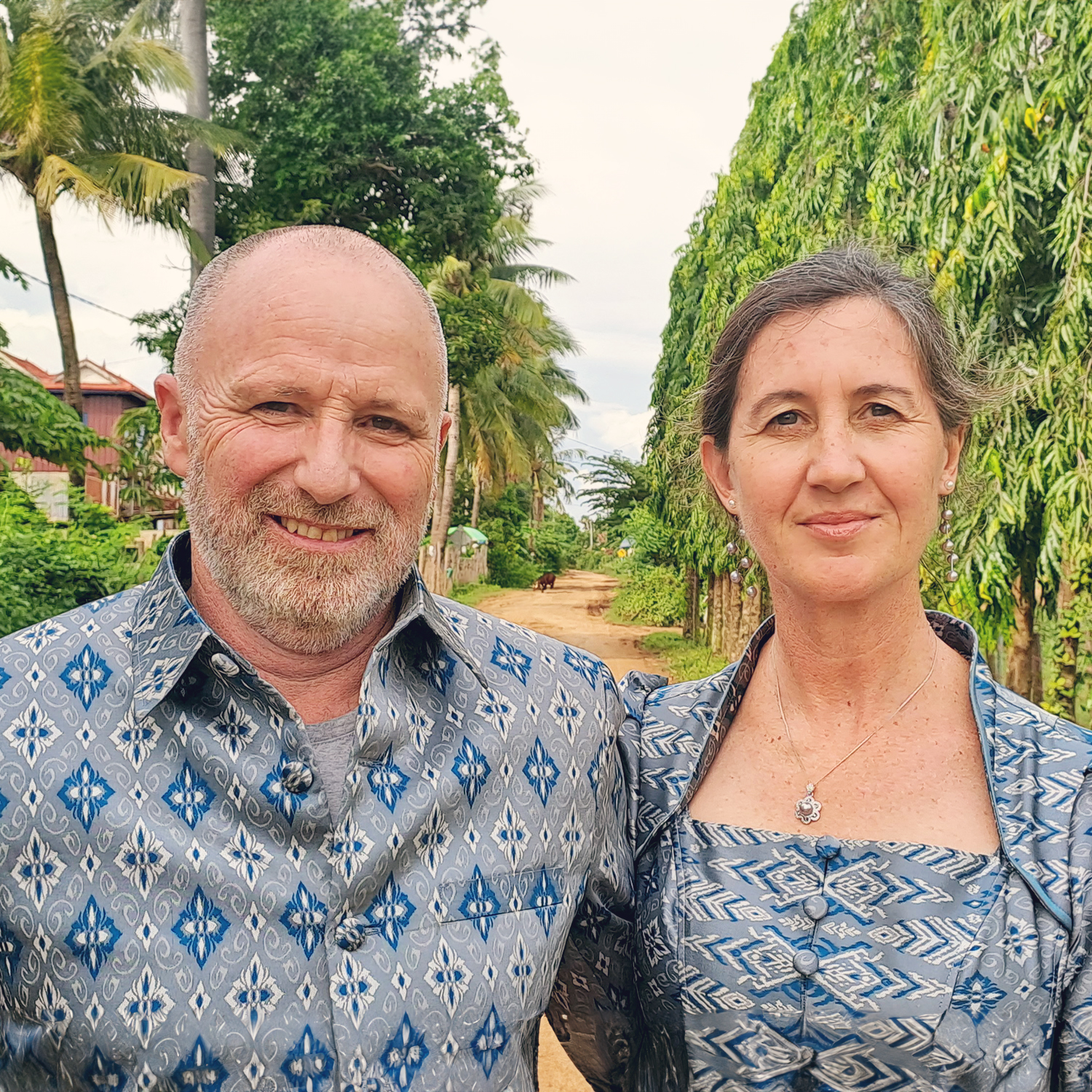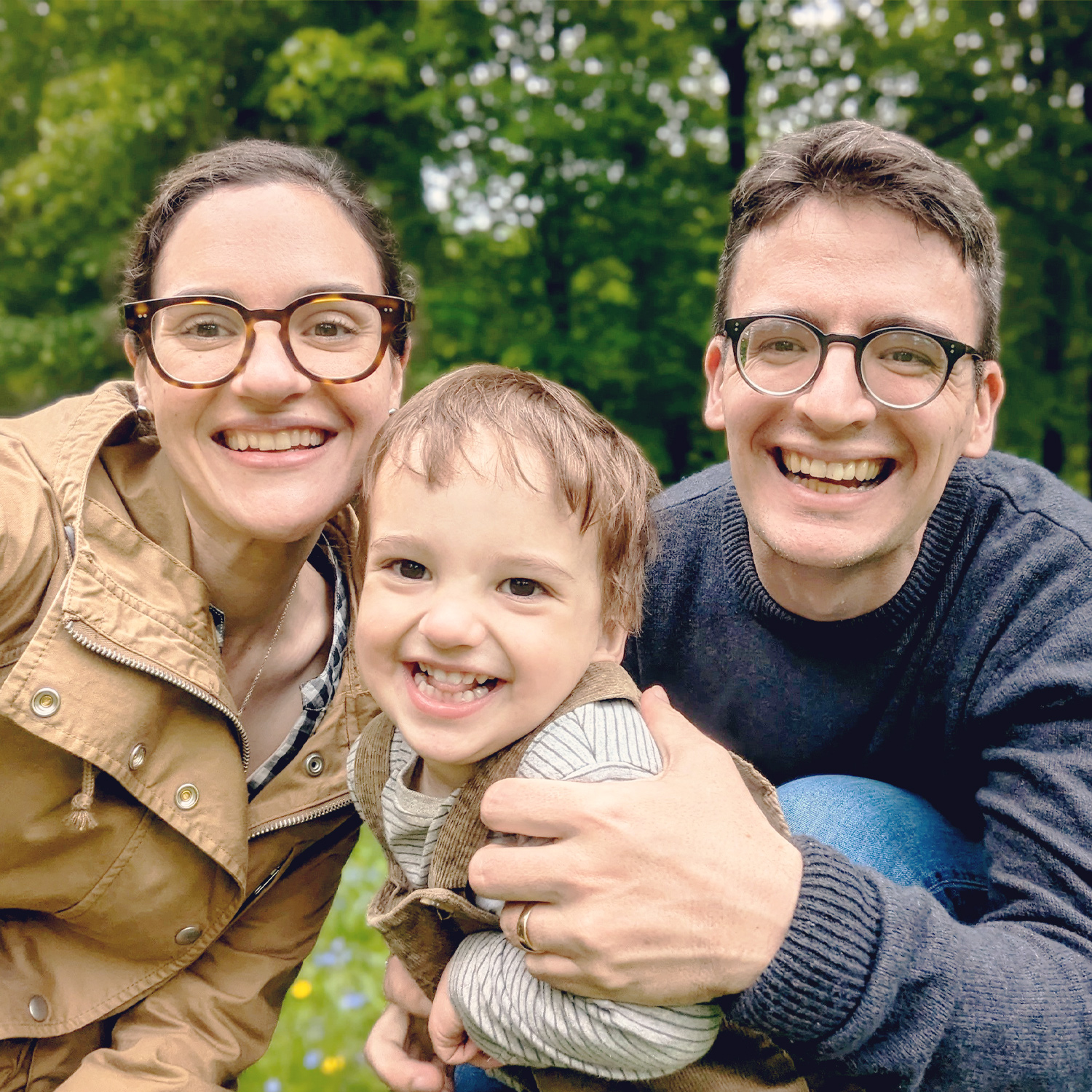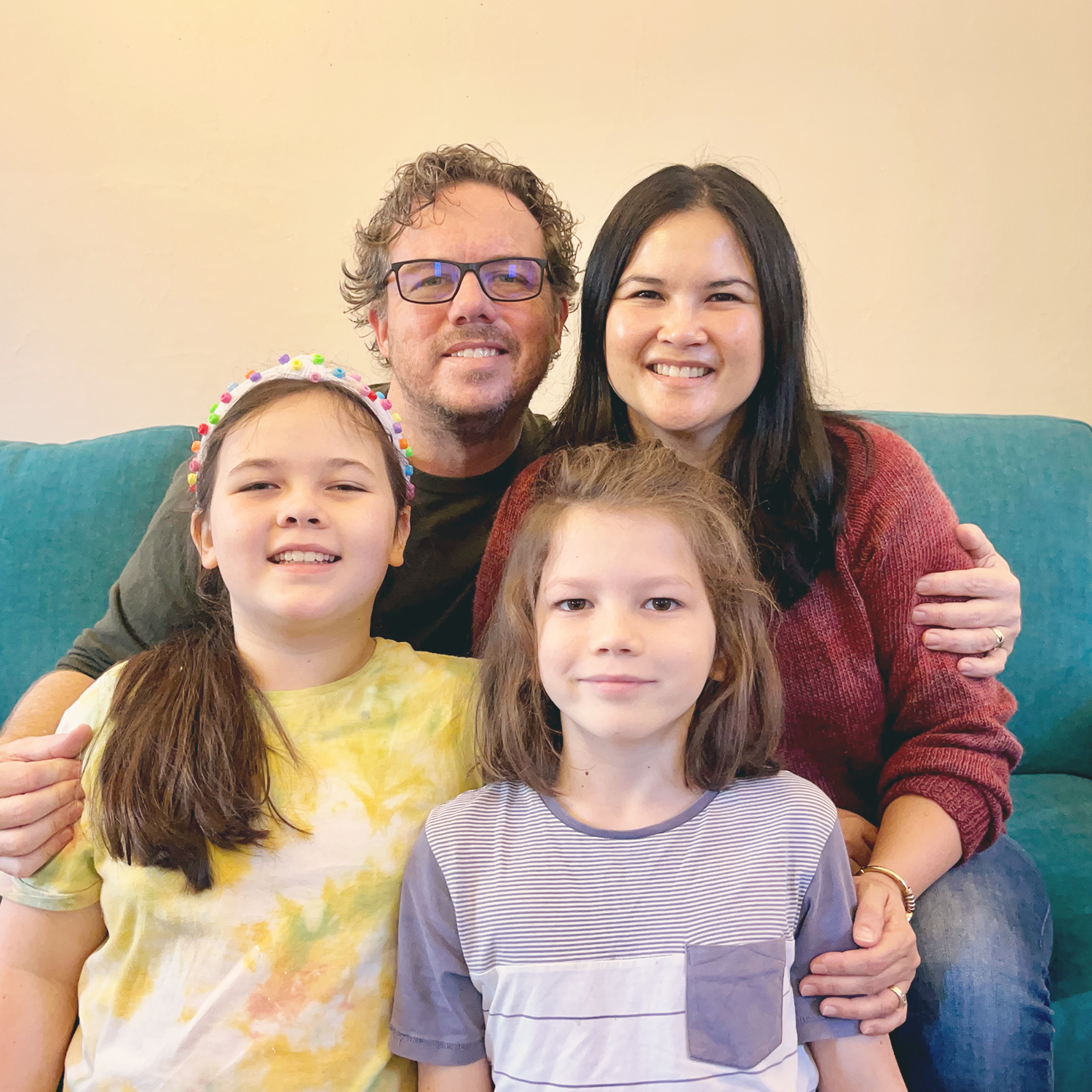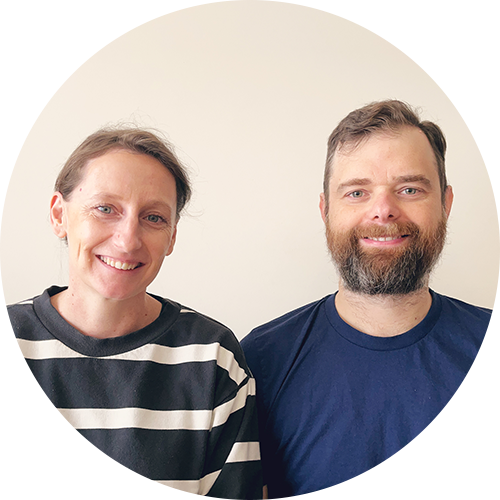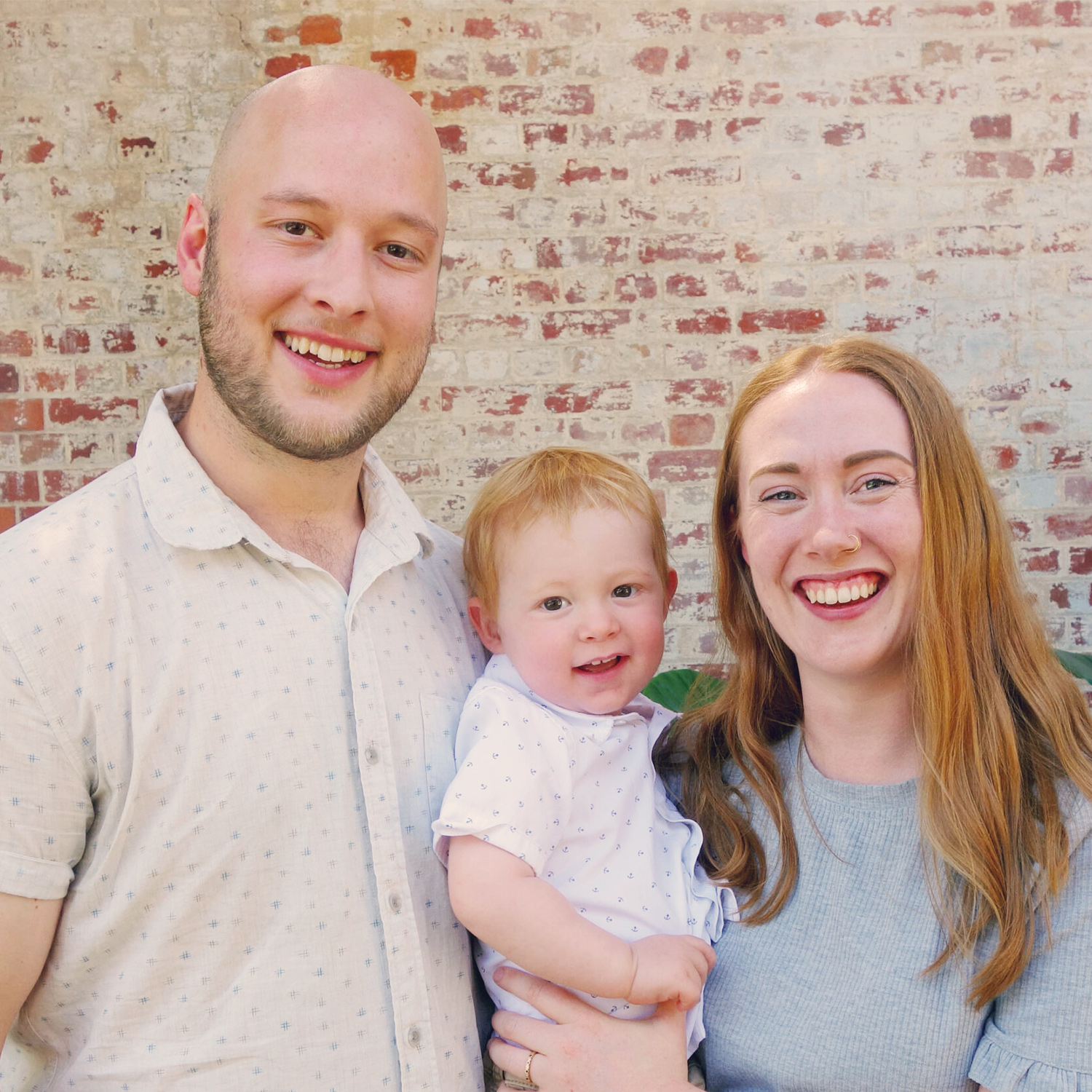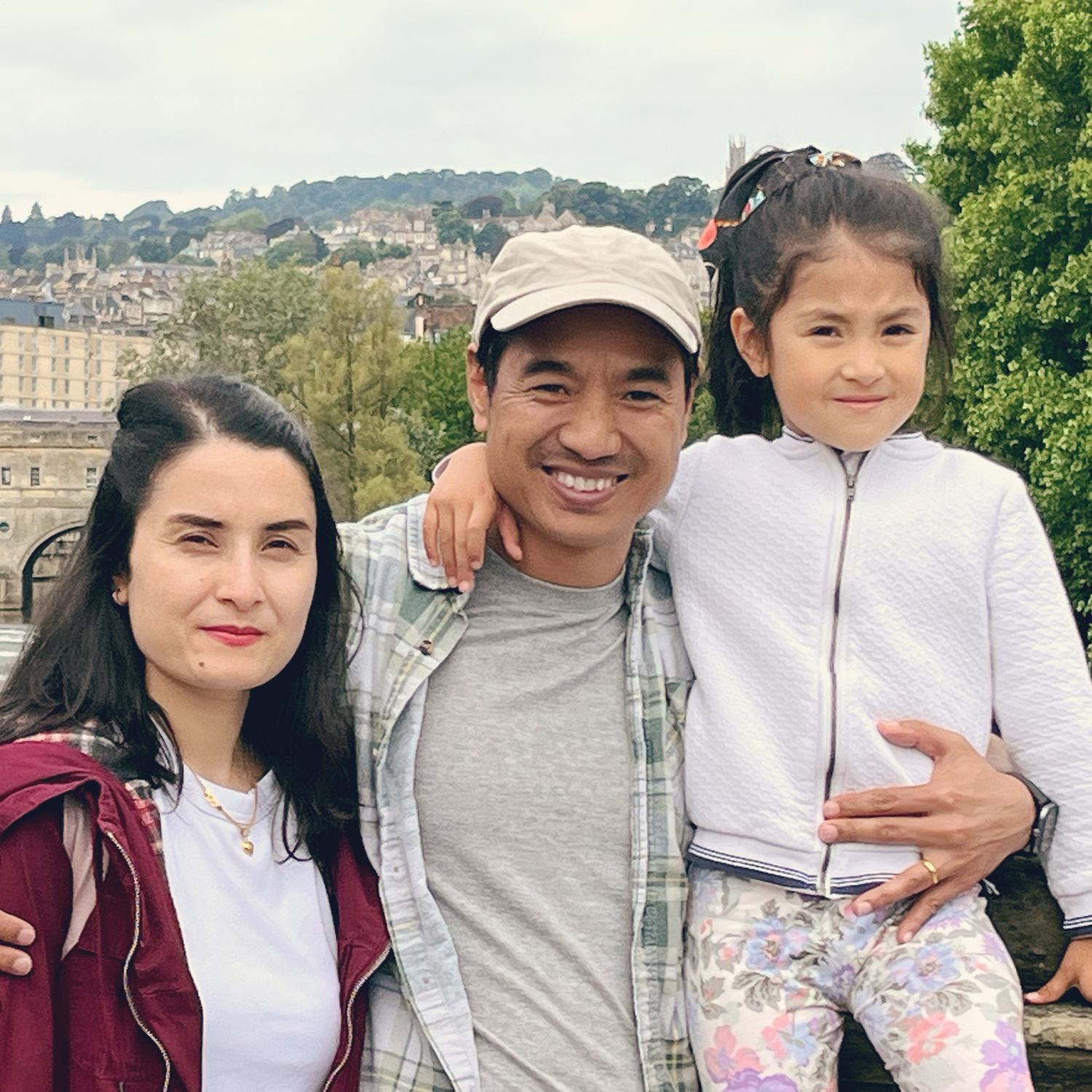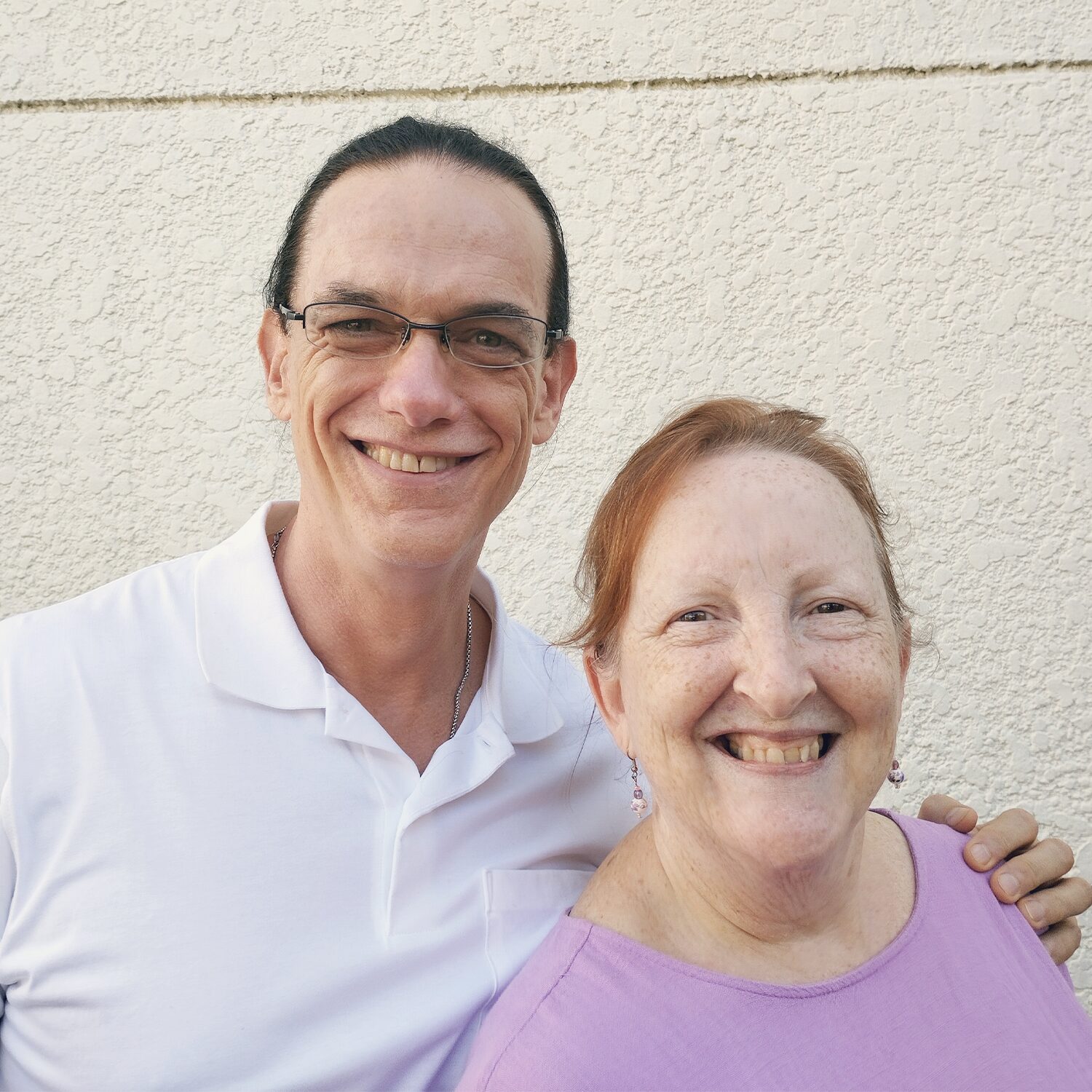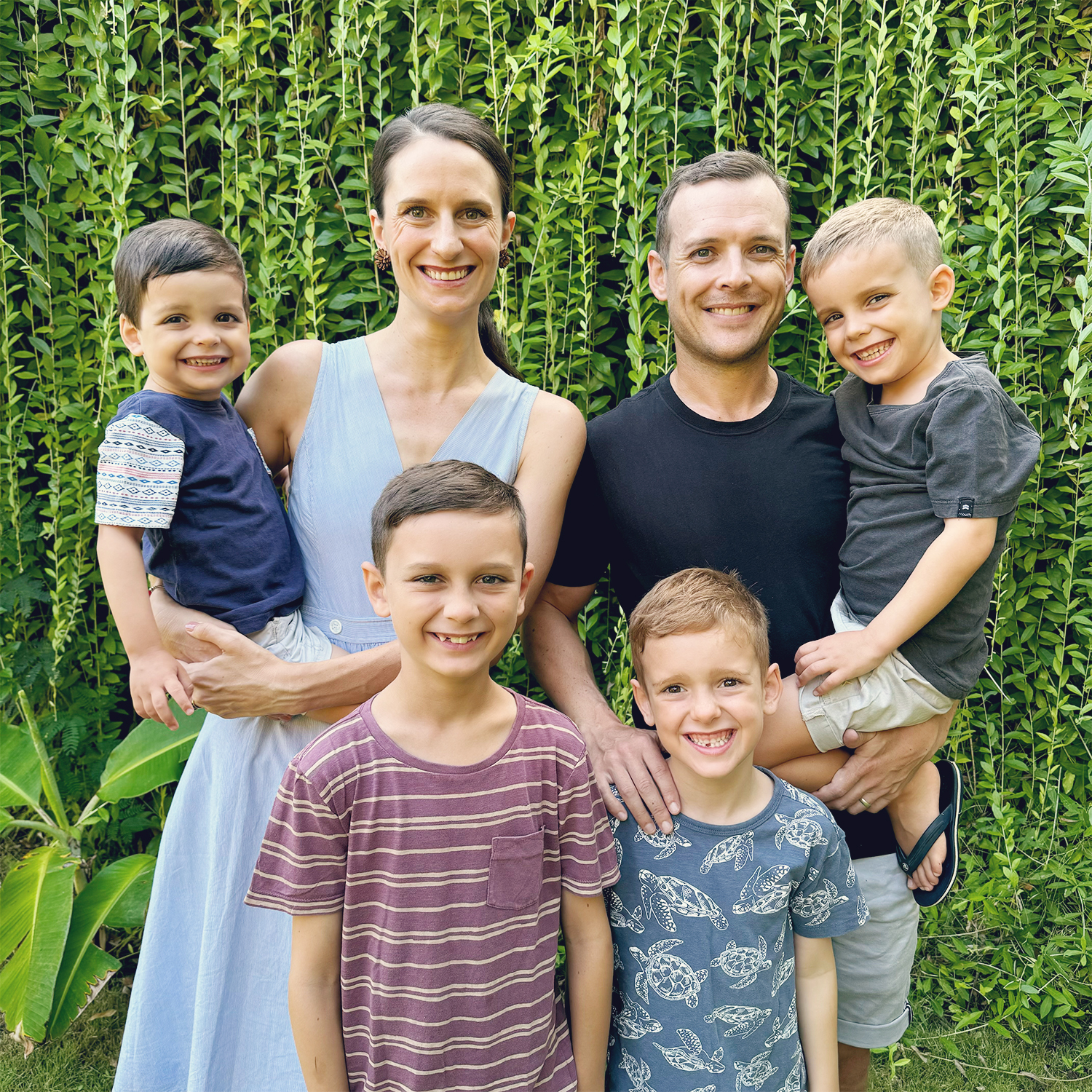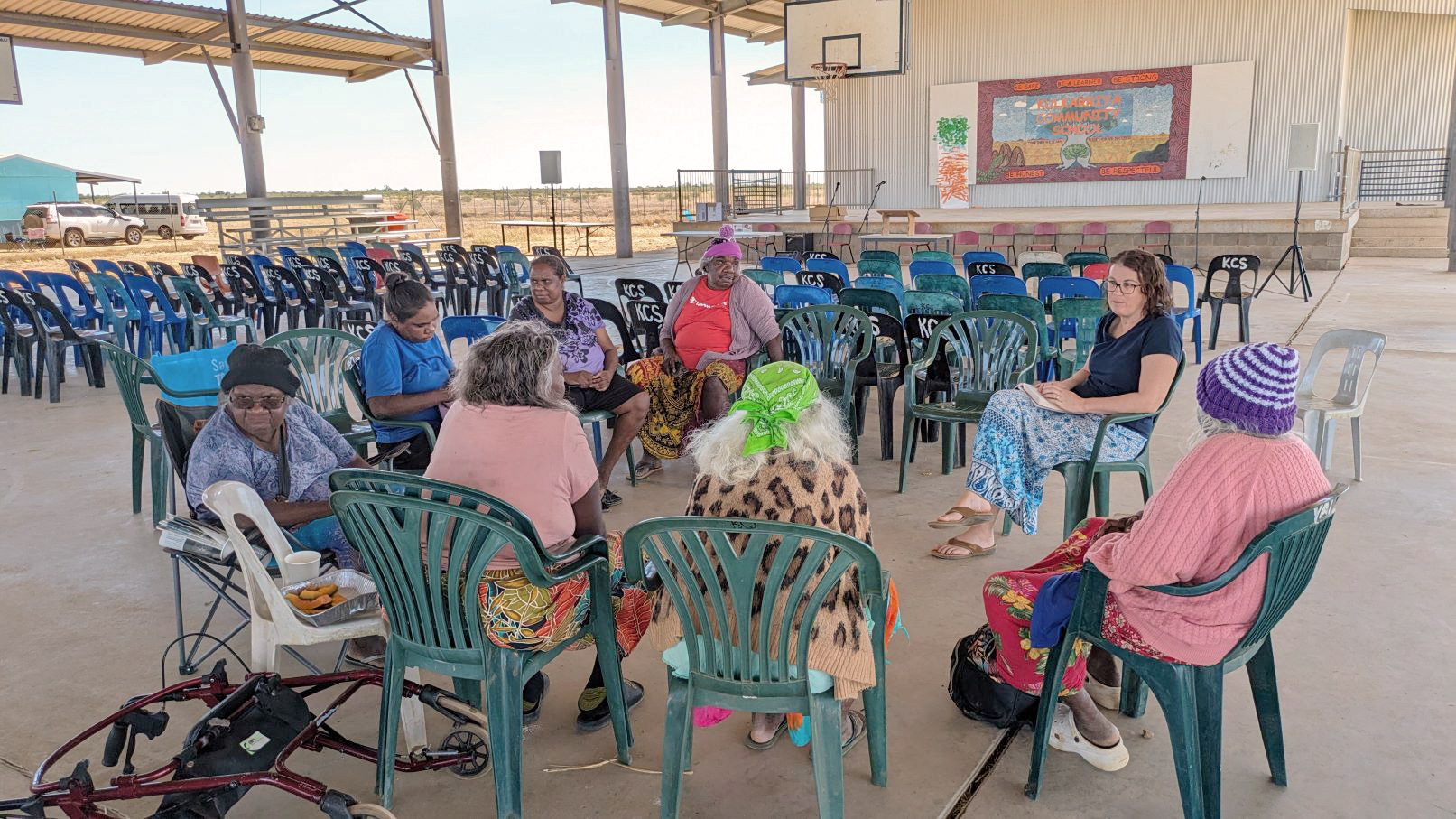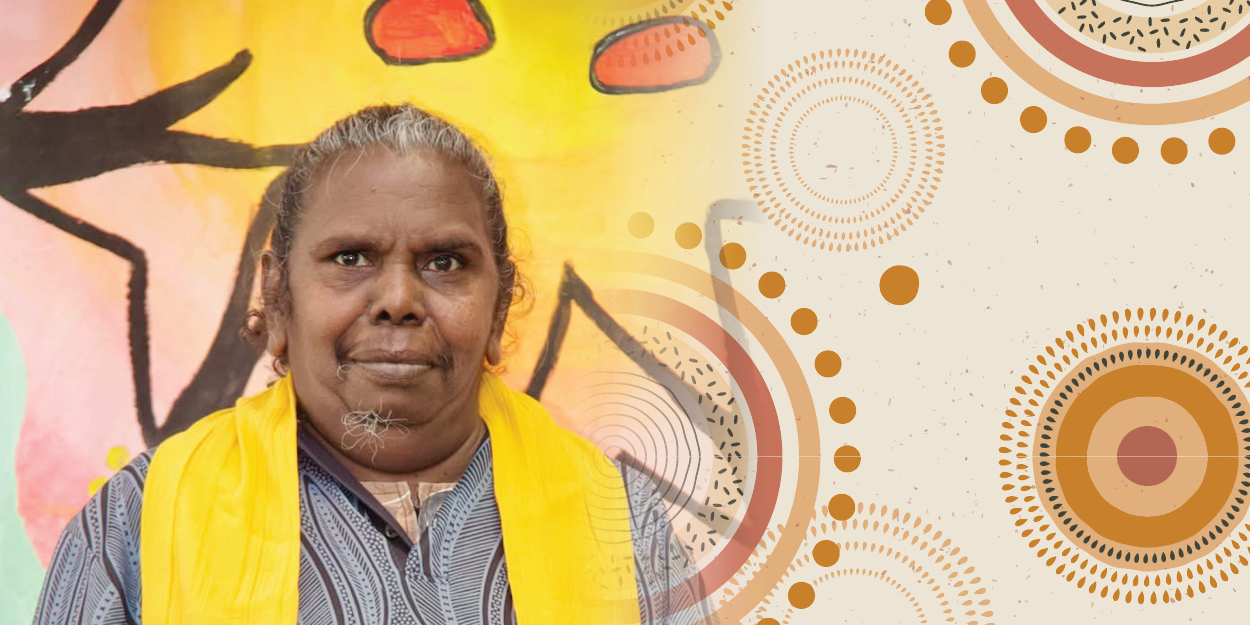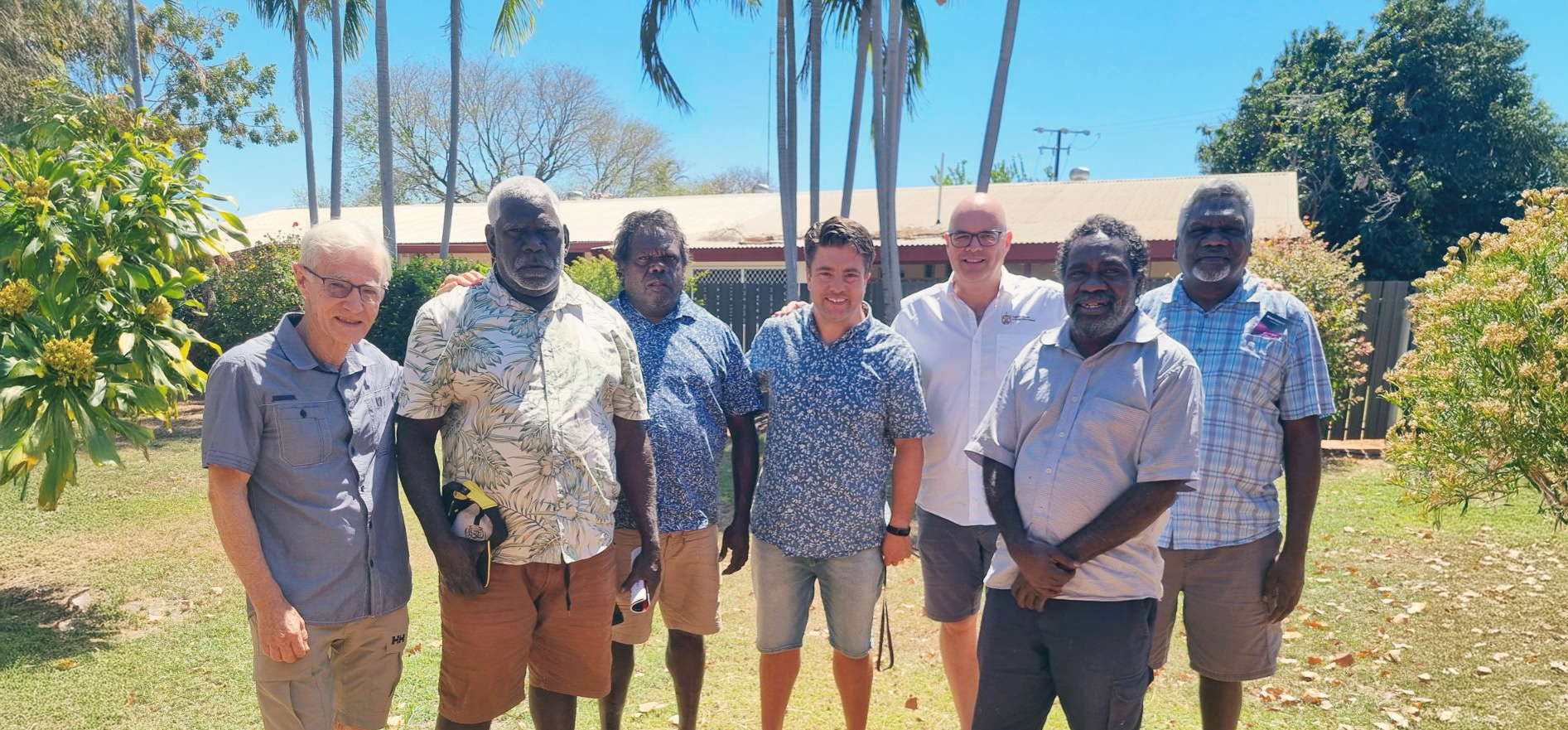Learning to tell Bible stories
CMS missionary Tanja French serves with her husband Jim in Valencia, Spain where she teaches adults through MOCLAM and children through Sunday school and Kids Clubs. She explains part of her challenge in adapting from a culture of written expression to one based on oral communication.
How do we communicate truths and stories from the Bible to each other, and to the next generation? Some cultures favour oral communication; others such as Australia, and my birth country of Germany, incline towards written communication. Cultures steeped in writing often prefer didactic and sermon-based approaches to impart important truths. Oral cultures tend to be stronger in the area of storytelling.
“Children love storytelling; they have big imaginations and they feel included and interested in the process.”
In Spain, people are orally inclined and love to tell stories using lots of gestures and hand movements. For example, instead of using WhatsApp written messages or sending texts, local people prefer to make phone calls or send voice messages.
So, I try to adapt my style accordingly. I would not call myself a good storyteller, but I do love a good story told well. There is nothing like a story coming alive, especially for me as a visual learner. I do my storytelling at Sunday School or Kids Clubs. I feel less inhibited with children. Children love storytelling; they have big imaginations and they feel included and interested in the process.
Storytelling with Lego and Playmobil
Lego is a great and timeless toy. People ‘play’ with Lego in serious ways (for example, the TV show ‘Lego Masters’) and churches have caught onto this. There is even a Lego version of the Bible, featuring comic strip style illustrations, and there are many clips of Bible stories told with Lego figures on YouTube.
I have been replicating this in my ministry with children. However, since I am from Germany and now live in Spain, where Playmobil is just as popular than Lego, I sometimes use Playmobil figures to tell the Bible story in Sunday school. My son is more than happy to lend them to me and gets excited trying to find figures that can represent the Bible characters.
Learning through storytelling
Telling a Bible story is beneficial for the speaker as well as the listener. It’s an activity that requires the ‘teller’ to prepare thoroughly; you want to know the story, the location, how people used to think and live at that time. To tell a story effectively, the storyteller must engage deeply with the Bible story; this enables the listener/viewer to engage more too.
Reading Francine Rivers’ books, A lineage of Grace and Sons of Encouragement, in which she uses some creative license to bring the stories of people from the Bible alive, has inspired me and helped me dig deeper into the culture of Bible times, explore the cross references and discover richer detail.
Francine Rivers is proficient at Bible storytelling, but so far I have only been brave enough to do it with our Sunday school children! Perhaps I need to be a bit braver and more creative to attempt storytelling for adults as well, since it is effective and memorable.
Many of us have lost the art of storytelling. But in places like Spain and other parts of post-Christian Europe, many people have never heard Bible stories and may be surprisingly open to hearing a story. We need to learn from other cultures, and from Jesus himself, how to paint a picture for our listeners, that it might help them to understand and engage with the gospel more deeply.
PRAY
Pray for missionaries like Tanja as they stretch themselves in ministry and develop new skills for sharing Jesus.

